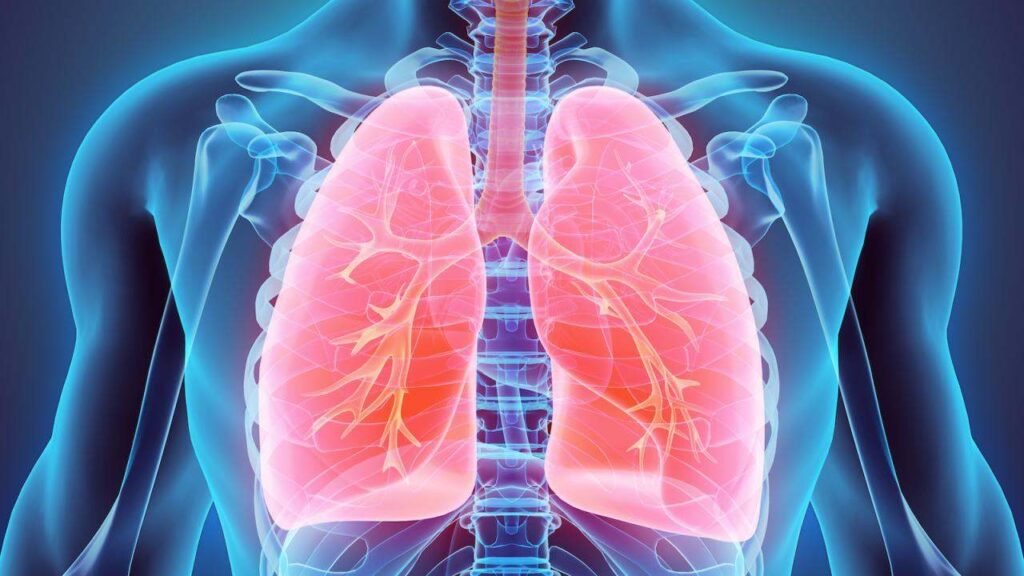
Lung cancer is one of the most prevalent and deadly forms of cancer worldwide, accounting for a significant number of cancer-related deaths each year. In this comprehensive guide, we’ll explore the intricacies of lung cancer, shedding light on its causes, symptoms, and available treatment options to empower individuals with the knowledge needed to navigate this challenging diagnosis with confidence and hope.
Understanding Lung Cancer
Lung cancer develops when abnormal cells in the lungs grow uncontrollably, forming tumors that can interfere with lung function and spread to other parts of the body. There are two primary types of lung cancer: non-small cell lung cancer (NSCLC) and small cell lung cancer (SCLC), each with distinct characteristics and treatment approaches. NSCLC is the most common type, accounting for approximately 85% of all lung cancer cases, while SCLC is less common but tends to grow and spread more rapidly.
Causes of Lung Cancer
Several factors can increase the risk of developing lung cancer, with cigarette smoking being the leading cause. Tobacco smoke contains thousands of harmful chemicals that can damage the cells lining the lungs, increasing the likelihood of cancerous changes. Other risk factors for lung cancer include exposure to secondhand smoke, occupational exposure to carcinogens such as asbestos, radon gas exposure, air pollution, and a family history of lung cancer. While smoking is the primary risk factor, it’s essential to recognize that non-smokers can also develop lung cancer due to other factors.
Common Symptoms of Lung Cancer
Lung cancer may not cause noticeable symptoms in its early stages, making it challenging to detect and diagnose. However, as the disease progresses, individuals may experience symptoms such as persistent cough, coughing up blood, chest pain, wheezing, shortness of breath, hoarseness, unexplained weight loss, and fatigue. It’s important to note that these symptoms can also be caused by other respiratory conditions, so it’s essential to seek prompt medical evaluation if experiencing any concerning symptoms.
Diagnostic Evaluation
Diagnosing lung cancer typically involves a combination of medical history, physical examination, imaging tests, and laboratory tests. Imaging tests such as chest X-rays, CT scans, PET scans, and MRI scans can help visualize abnormalities in the lungs and determine the extent of the disease. In some cases, a biopsy may be performed to obtain a tissue sample from the lungs for further analysis under a microscope to confirm the presence of cancerous cells and determine the type and stage of lung cancer.
Treatment Options
The treatment approach for lung cancer depends on several factors, including the type and stage of cancer, overall health status, and treatment goals. Treatment options may include surgery, chemotherapy, radiation therapy, targeted therapy, immunotherapy, or a combination of these modalities. Surgery may be recommended to remove the cancerous tumor and surrounding tissue if the cancer is localized and has not spread to other parts of the body. Chemotherapy, radiation therapy, targeted therapy, and immunotherapy are systemic treatments that target cancer cells throughout the body and may be used alone or in combination to treat advanced lung cancer.
Palliative Care and Supportive Services
In addition to curative treatments, palliative care and supportive services play a crucial role in managing symptoms, improving quality of life, and providing emotional support for individuals with lung cancer and their families. Palliative care focuses on relieving pain, managing symptoms, and addressing the psychosocial and spiritual needs of patients, regardless of the stage of the disease. Supportive services such as nutritional counseling, pain management, counseling, and support groups can help individuals cope with the physical, emotional, and practical challenges of living with lung cancer.
Lung cancer is a complex and challenging disease that requires a comprehensive approach to diagnosis, treatment, and supportive care. By understanding the causes, symptoms, and available treatment options for lung cancer, individuals can take proactive steps to protect their lung health, seek medical evaluation for any concerning symptoms, and make informed decisions about their care. With advances in early detection, treatment modalities, and supportive services, there is hope for improved outcomes and quality of life for individuals affected by lung cancer.
